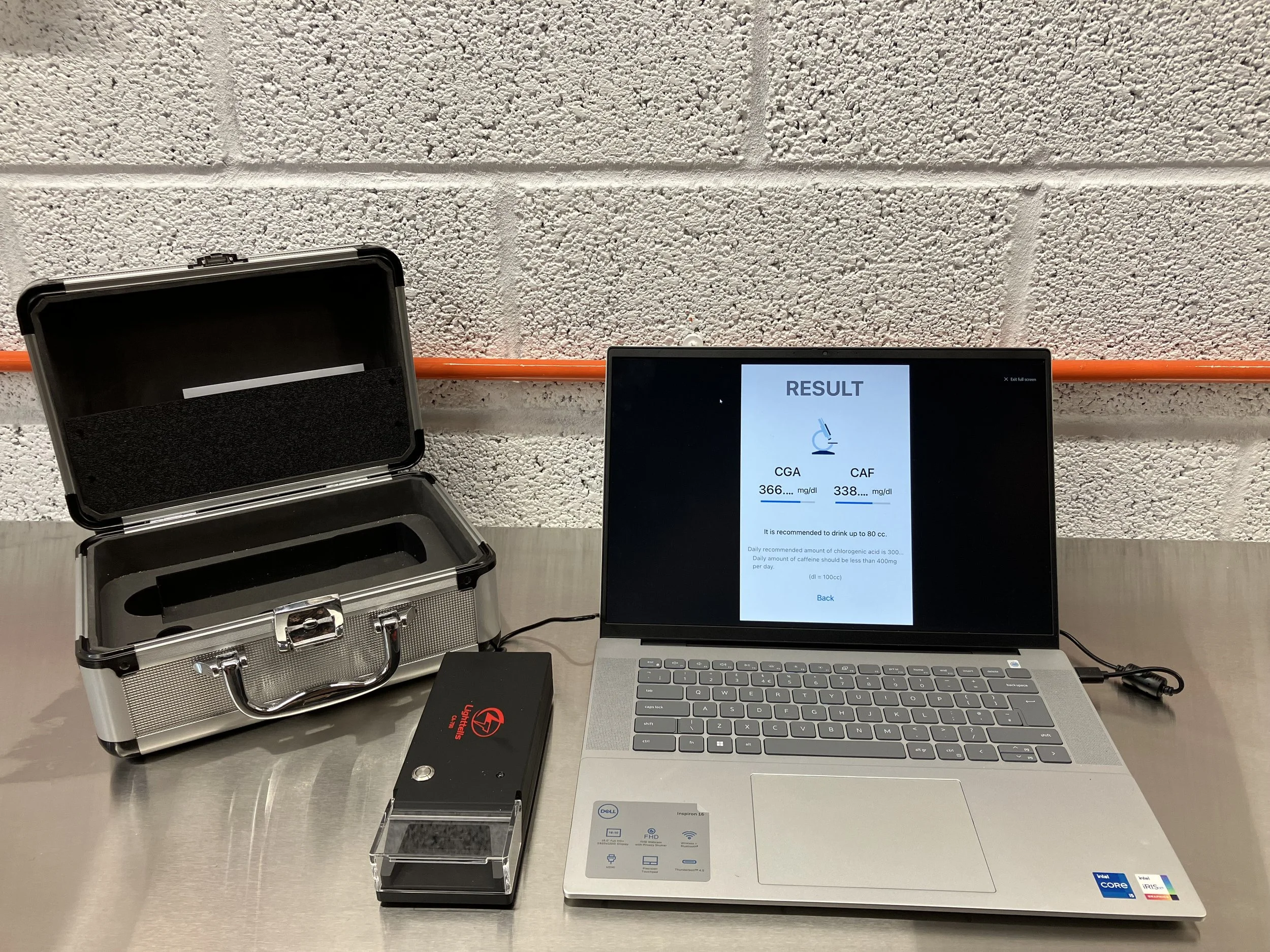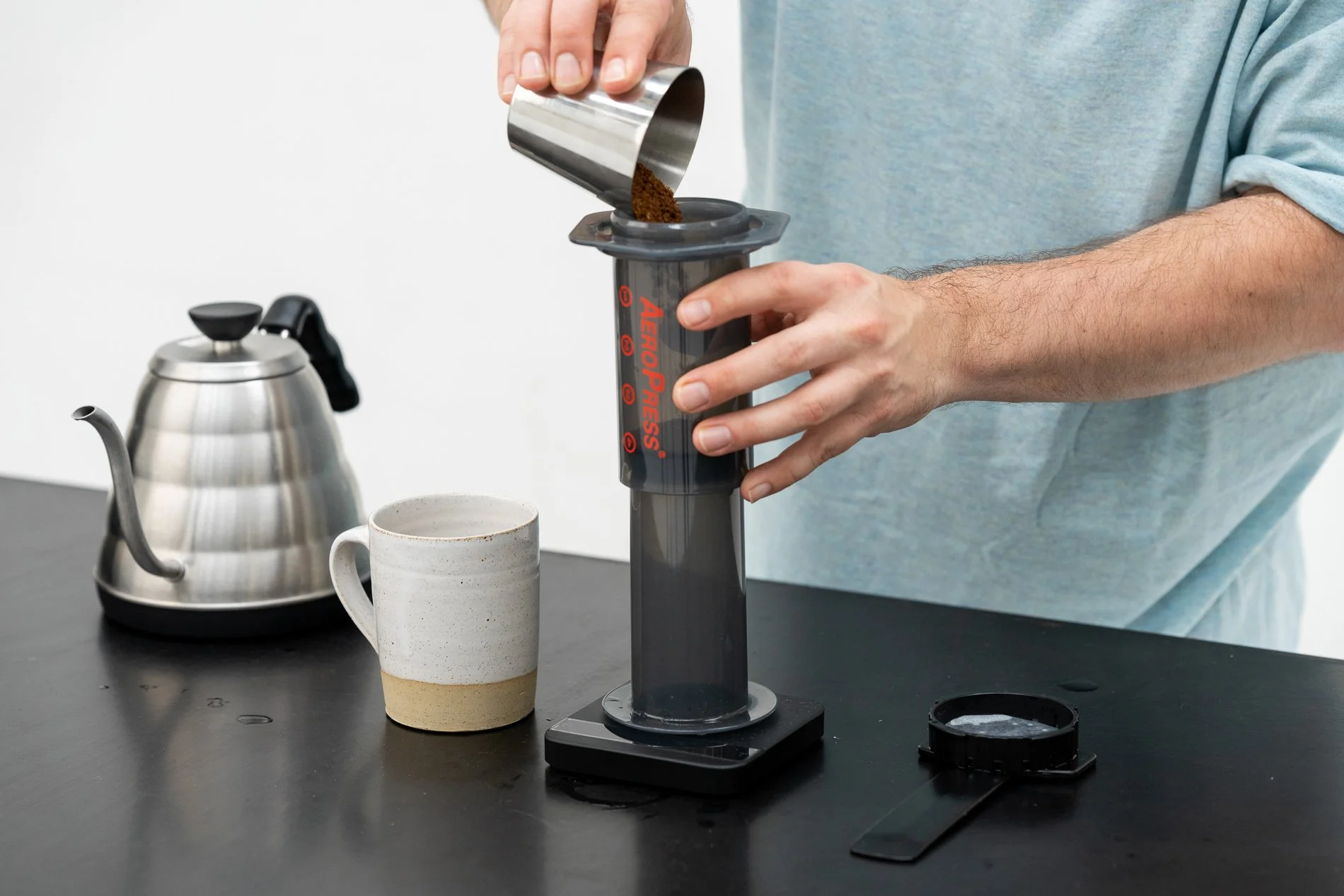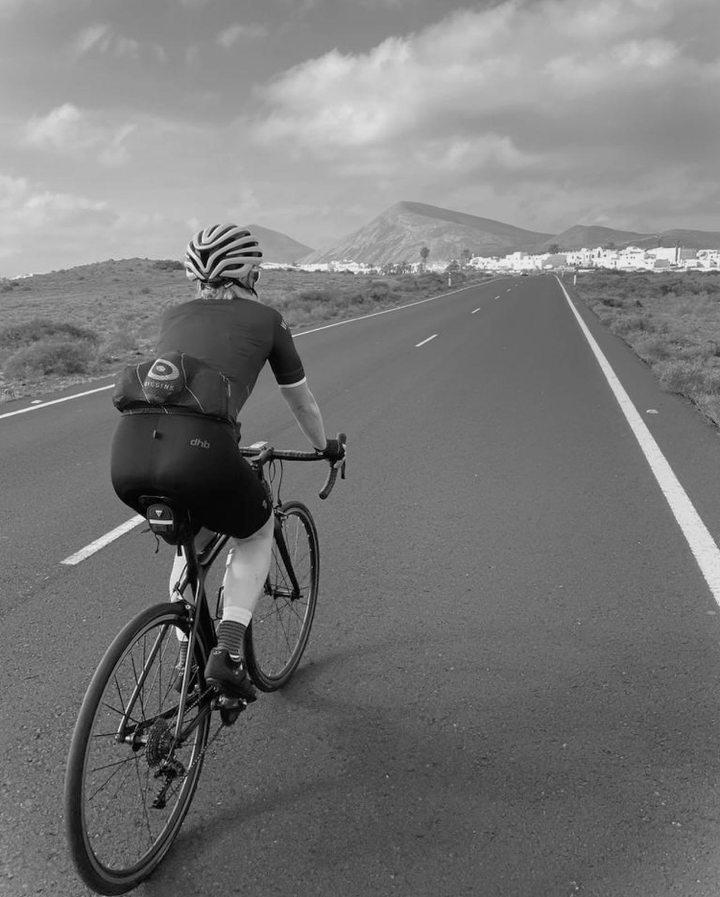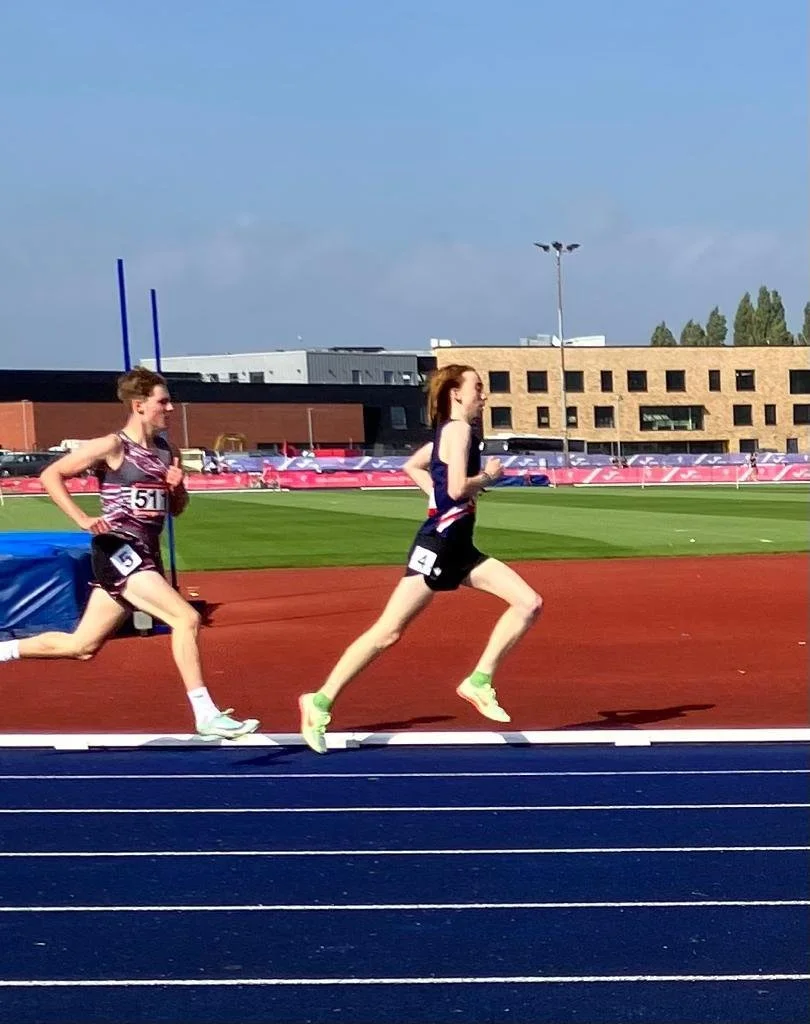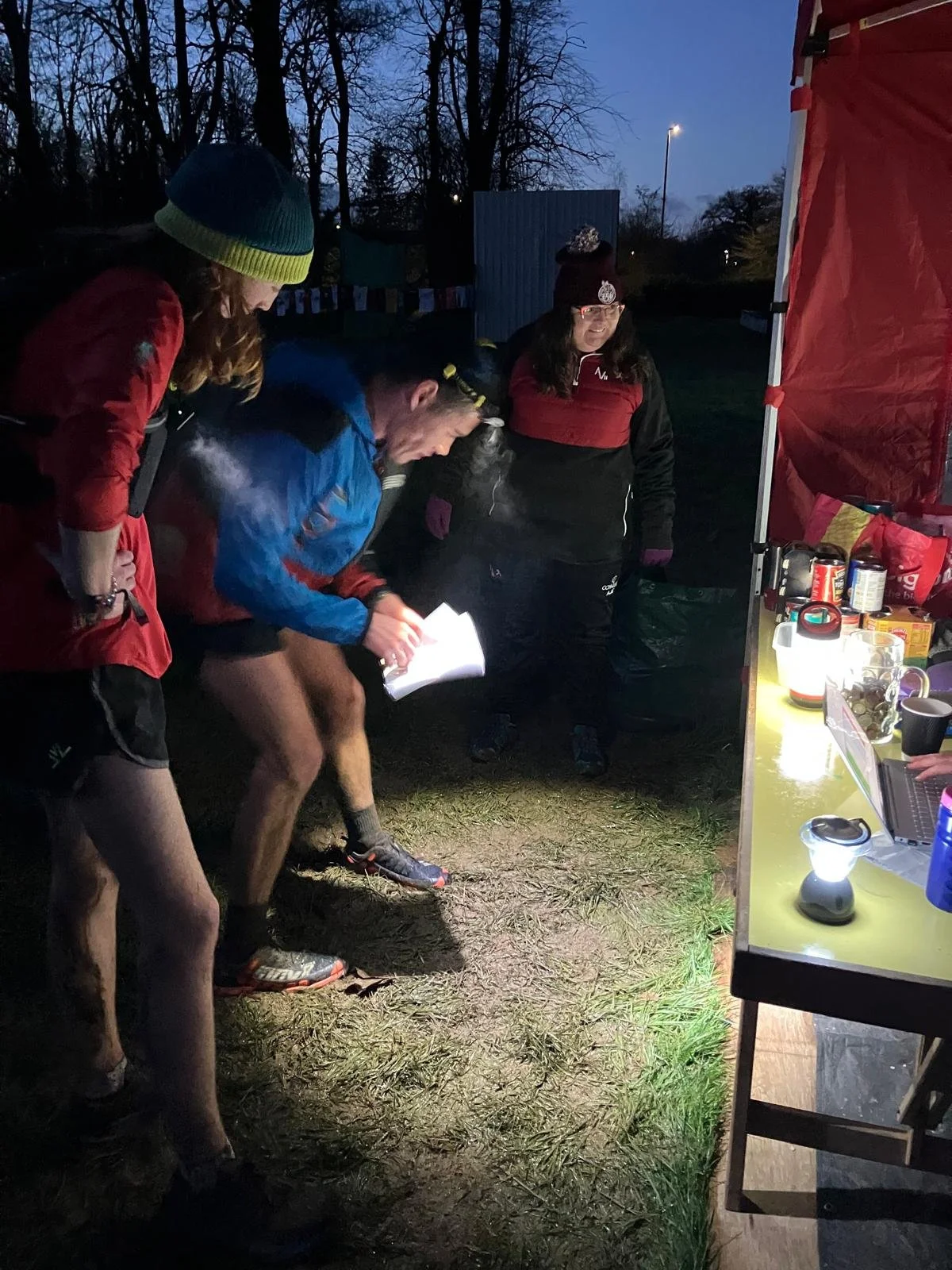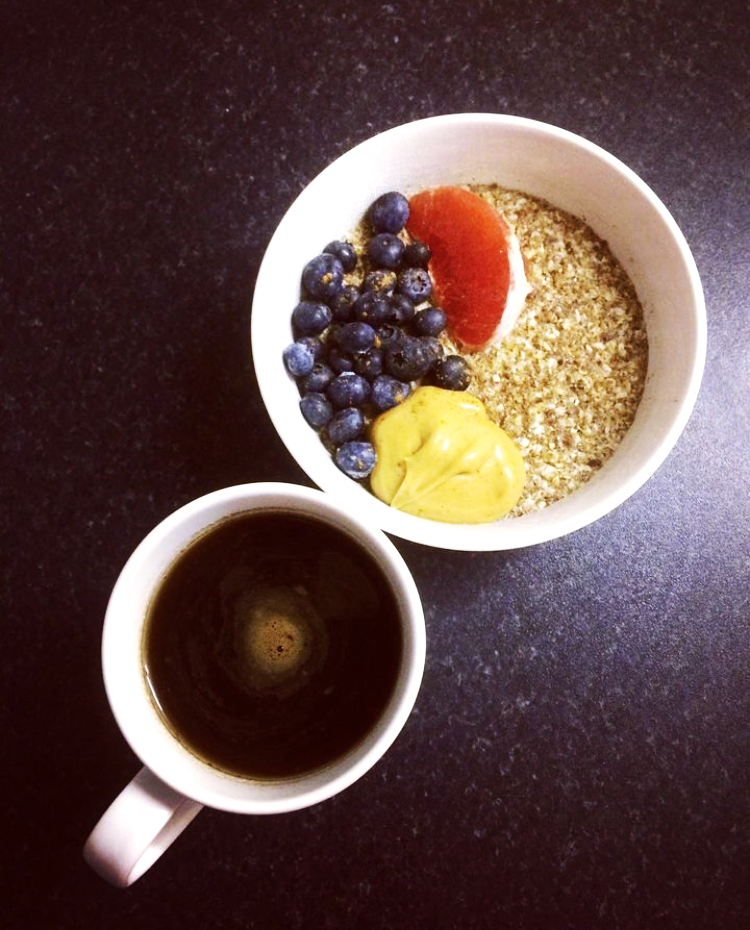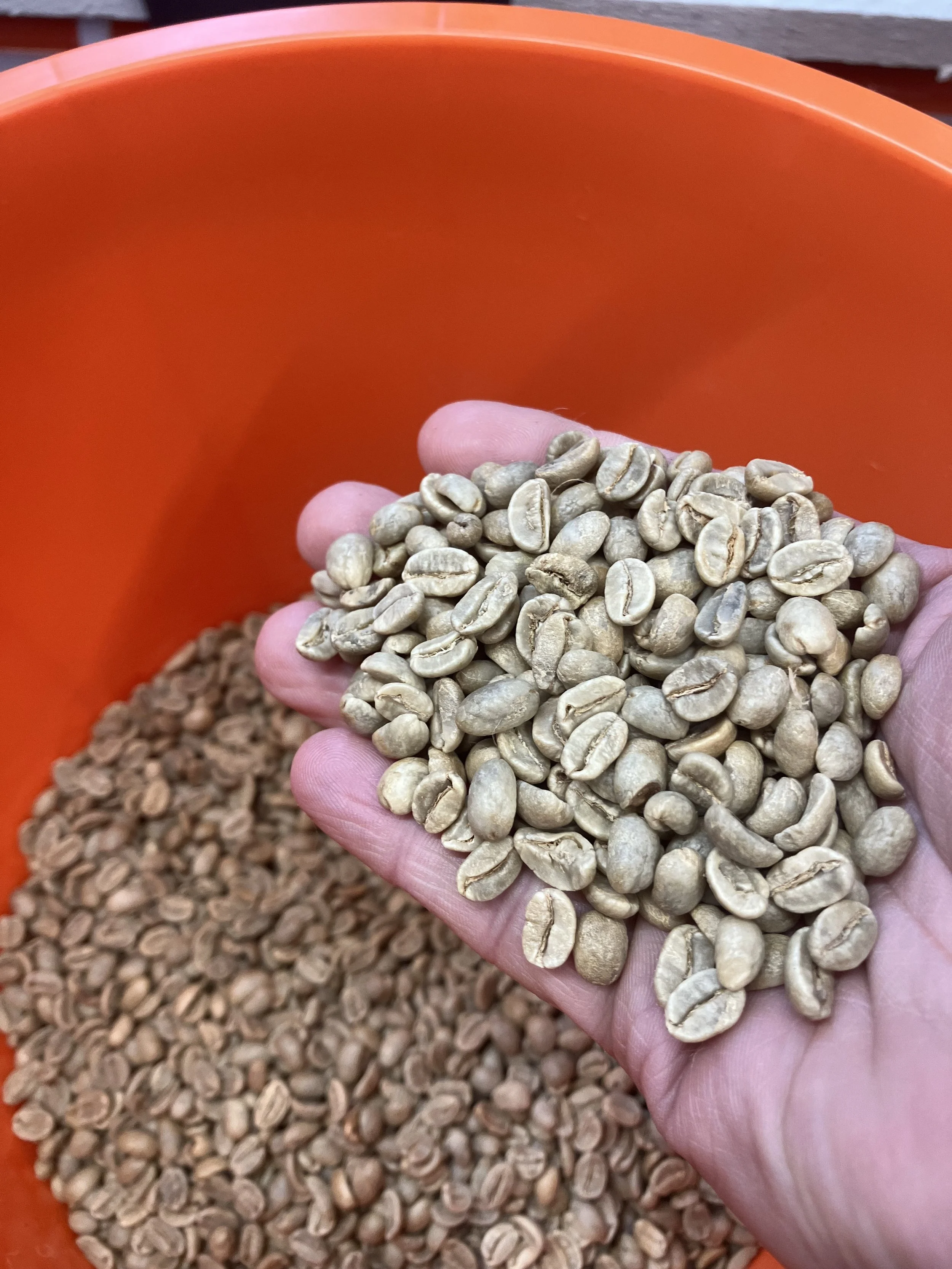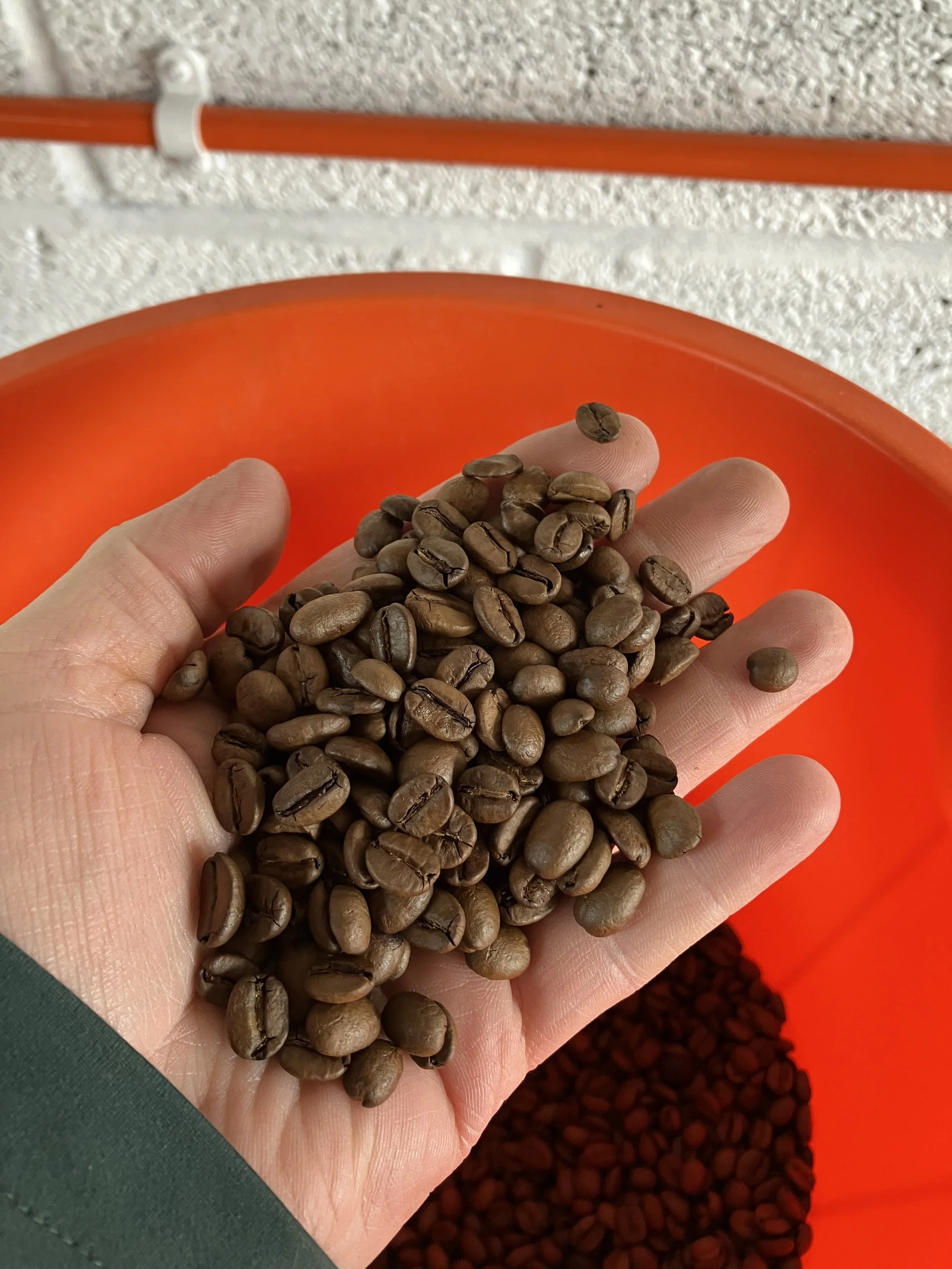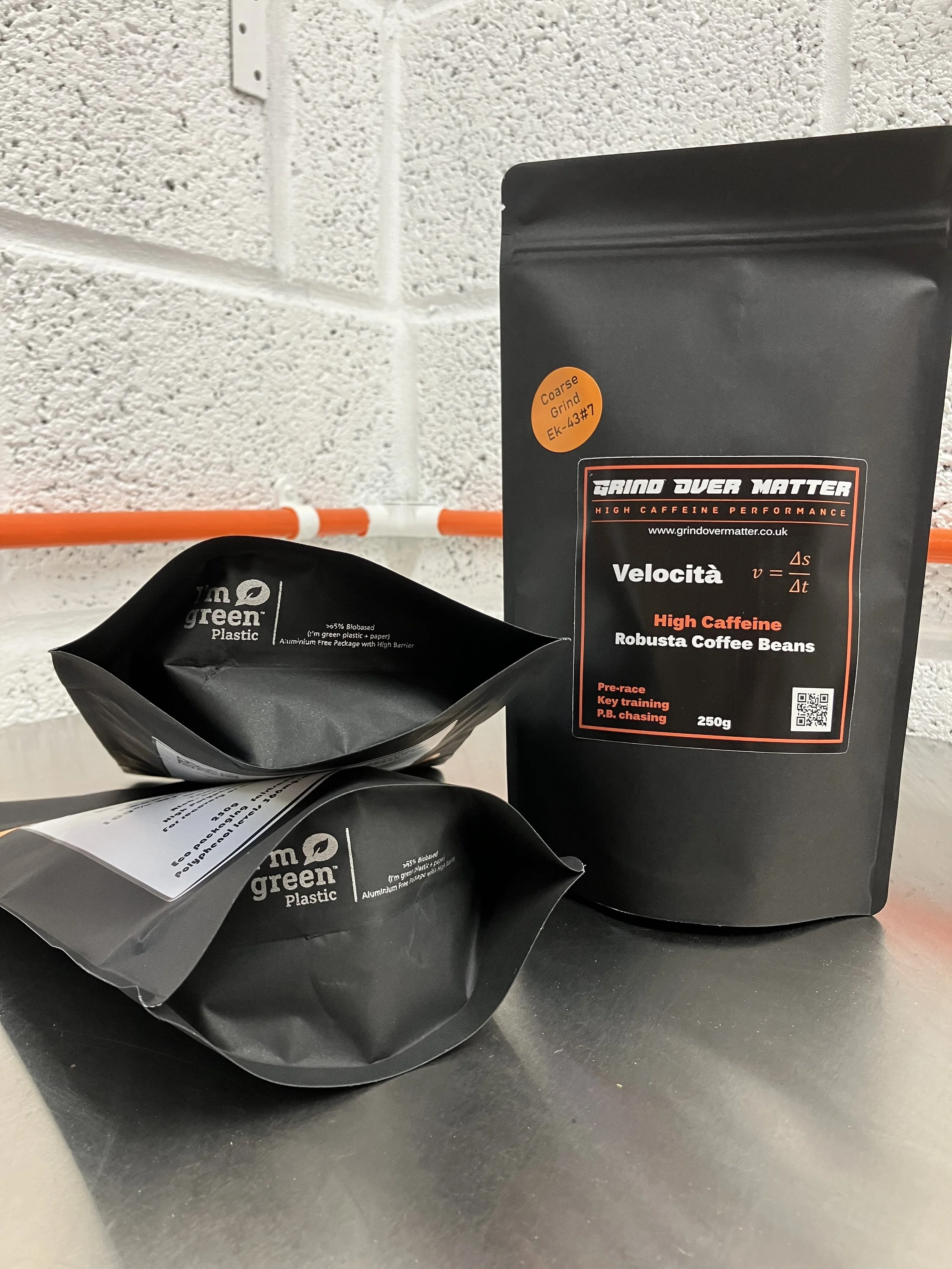How and why we test our coffee?
Every batch of green beans we get in is roasted and then tested for its caffeine level and its CGA polyphenol level, both measured in Mg/dl (dl=100mls)
We use the latest analysing equipment manufactured by Sinar technologies with the Lighttells CA-700 caffeine and CGA analyiser.
Why do we do this?
Well, so you all know that what you’re getting is what it says on the bag. If our test that week shows 338mg/dl of caffeine (we’ll show every dated test result on the website), you can be sure that if you follow your normal brewing method then that is what you’re going to get.
There are lots of coffees out there promising ‘strong ’coffee, but what does that mean?
It’s easy for a talented roaster to extend a roast so the bean is very dark, almost like the French roast coffee. Sure it’ll taste ‘strong’ but that dark burnt flavour has no correlation with it’s caffeine content and will rapidly reduce the CGA content.
Some coffees will say it is ‘high caffeine’ but how do they know? Are they showing you that it is in the form of a test result? Not usually, they’re presuming it is or hoping it is.
Testing helps us too, it helps us to keep our roasting profile consistent, doing the same thing with the same beans so that we can bring you guys a consistent coffee that you can rely on.
How do we test?
Like everything else we do the aim is consistency. We test the same amount of coffee (an 18g sample) ground on the same grinder at exactly the same grind size. We half fill the aeropress and brew for 2 minutes and top up to the top and leave another 60- 90 seconds.
We use an Aeropress to brew this sample and we use the inverted aeropress brewing method (see a good youtube vid here)
The only thing we would say is to maybe leave the coffee to brew slightly longer then the video suggests to get maximum extraction, when we test we leave for 2 minutes then another minute or so after topping up.
The reasons we use the aeropress are:-
-Although you will get a higher caffeine/CGA content than you’re used to whatever method you use, pour over, espresso machine, cafetière or stove top (simply because the coffee you’re now using has a much higher content) we use the Aeropress as it yields ever so slightly higher caffeine and CGA extraction compared to other methods.
-It’s also very portable, you can pop it in your kit bag and take it with you wherever you’re away racing or exercising, you don’t need any fancy espresso machines, you don’t need to worry about anything, you’ll get your velocita. All you need is hot water.
-Aeropress is relatively inexpensive, you don’t need to blow £100s on an expensive espresso machine (plus they are really heavy in your kit bag). It’s accessible to everyone.
-Aeropress is light, easy to clean and does the job of getting you your caffeine and CGA hit, but as we mentioned earlier whatever your preferred method of making coffee the result is going to be a brew with a far higher caffeine and CGA content.
Caffeine. Why, how much and when?
A Nottingham university study recently demonstrated that drinking quality strong coffee could actually help to burn calories!
The study showed that drinking coffee stimulates the activity of our brown fat stores which help us to generate heat by burning calories. Recent research showed that women who consistently consumed 2-3 cups of coffee per day had less total body fat, especially around the abdominal area, than those that never drank coffee.
According to Dr James Betts, professor of metabolic physiology at the university of Bath, caffeine is one of the most effective supplements an athlete can take.
‘It is very clear that the effects of caffeine are not only large, but really wide-ranging across almost every aspect of performance, whether it’s our cognitive ability, strength, explosive speed, endurance or skill. All of these things can benefit from caffeine and coffee’.
He goes on to say ‘Despite all of the supplements athletes can take I genuinely believe you can count on one hand the things that actually work. And I put caffeine on the top of that list, both for the size of effect you get and the breadth’.
During exercise/training and racing higher dose caffeine has been shown to decrease the body’s usage of carbohydrates in the liver and the muscles (commonly known as glycogen) and instead increase our dependance on fat as a source of energy (even the leanest of athletes still have ample fat stores to be used as an energy source)
The upshot of this is that scientists believe that this process could actually save those glycogen stores until later on in the event/session (known as glycogen sparing) that way an athlete would experience a delay in the onset of fatigue, particularly during endurance events.
Caffeine may increase the amount of endorphins that are released. Endorphins are chemicals that naturally occur in our bodies and they can help us cope in times of stress or pain. You may have heard of them being referred to as ‘feel good’ chemicals as they can not only act as a pain reliever but can actually act as a happiness booster too!
Caffeine acting to increase the secretion of these endorphins will decrease the pain perception of the athlete. Feeling less pain hopefully means the athlete can maintain a level of performance for a longer period of time, the thinking being that the head gives up long before the legs would and therefore increasing the overall endurance performance.
Studies have shown that a moderate to high dose of caffeine significantly enhanced leg extension strength, not only that it has been shown to extend ‘time to fatigue’ in sub-maximal extension test. This was based on the average person needing 350mg of caffeine.
Grind over matter Velocita is consistently producing test results of between 330mg/dl (100mls) and 430mg/dl, meaning that when it is brewed correctly for maximum extraction a coffee of between 85-110mls is required.
Every time we test a new batch of beans we will publish the caffeine and CGA content
Power gym weights
Caffeine isn’t just beneficial for endurance athletes, it has been shown to increase upper body muscle strength & muscle power. A recent analysis of all the studies on this subject found that they showed similar findings in that caffeine has significant performance enhancing effects. A very recent study demonstrated a 3% increase in lower body strength following caffeine ingestion. That’s huge!
So it is clear that caffeine provides a significant benefit for muscle strength and power. So how much and when? The majority of studies seems to indicate that 4-5mg/kg of body weight is required (100mls of velocita) consumed around 60 minutes prior to the exercise session
Some of you may now be thinking though that if you are a regular coffee drinker, will I still benefit? Which leads on to the question around caffeine withdrawal and its benefit in the build up to race/competition day.
So, it has been demonstrated that regular coffee consumption can marginally reduce caffeine’s performance enhancing effects
So what about us Regular Coffee Drinkers?
Well there is good news, don’t panic!
Although regular caffeine consumption can lead to less performance enhancing effect It’s also been shown that this reduction can be offset by an increased caffeine dose on race day!
This is where velocita really comes in to it’s own as even if, like us, you have your 3 cups of coffee a day each containing 60-120mg/dl, you will still experience the full effect of then consuming a single coffee that’s anywhere up to 430mg/dl prior to your event as this is a much much higher dose than most people ever experience.
Not only that, if you are one of the few people that have a sky high caffeine tolerance there’s always the option to further load up with a 200mg grind over matter caffeine tablet. This is only recommended for people that naturally/genetically have a very high tolerance and shouldn’t be adopted as a normal practice.
In conclusion
If you like your coffee it does appear that you can drink 2-3 cups per day (which has been shown to be a good intake for the numerous health benefits of coffee - more on this later) and still strategically use high dose caffeine to experience the ergogenic effects on ‘game day’.
So to sum up this section, if you’re a regular coffee consumer (which is a good thing as it has many health benefits that we’ll come on to later) you can still get the required dose to be performance enhancing by consuming Velocita because it’s much higher in caffeine levels than any coffee you’re used to.
There is also the option to further supplement with caffeine tablets, but this should be experimented with carefully and gradually and we’d recommend starting with just the coffee initially (full details on the caffeine tablet purchasing page)
CGA/Polyphenols. What are they and why are they good?
Up to now we’ve looked how caffeine helps us perform better and stay stronger for longer and we’ve touched on how/when and how much coffee to consume.
But coffee isn’t just about the caffeine levels, it’s actually full of healthy stuff!
One of the main compounds in coffee, and one we also test for in every batch, is the level of chlorogenic acid (CGA). It is thought that CGA has a positive effect on the body’s ability to replenish post-exercise/race/event glycogen levels.
If you cast your minds back you’ll remember that glycogen is our body’s stored carbohydrate that are found in the liver and in the skeletal muscles.
If we want to recover quickly between training sessions or we have races/events close together it has been shown drinking a high level CGA coffee with a suitably high carbohydrate rich meal aids recovery best. Post exercise coffee has also been shown to increase insulin secretion. Insulin we have all heard of and associate with diabetes but basically insulin is a naturally occurring hormone in the body that acts on receptors on our cell walls telling the cell to let the sugar floating around in our blood stream to pass through the cell wall in to the cell where it can be used.
So unsurprisingly, chlorogenic acid, due to its ability to increase sugar uptake and insulin sensitivity in humans is probably the most widely researched constituent of coffee. But there are other marvelous components of coffee too, namely polyphenols (of which CGA is just one) that have a huge role as antioxidants that aid both recovery and performance.
So now there is a strong belief among scientists that there are benefits to be gained from supplementing our diet with polyphenols, both to enhance our exercise performance and to aid recovery from muscle damage incurred from intensive exercise or competition resulting from the inflammation and oxidative damage with in the muscle.
A recent paper published in ‘sports medicine’ suggested that consuming 300mg of polyphenols an hour prior to exercise may enhance endurance and repeated sprint performance. To put this in to context initial tests of velocita showed a CGA polyphenold level of 471.4mg/dl alongside a caffeine level of 430.26mg/dl, the perfect pre-race/session coffee drink.
The paper went on to suggest that supplementation with over 1000 mg of polyphenols per day for 3 or more days prior to and following exercise will enhance recovery following muscle damage via anti-inflammatory mechanisms.
References
Grgic, J., Trexler, E.T., Lazinica, B. et al. (2018) Effects of caffeine intake on muscle strength and power: a systematic review and meta-analysis. J Int Soc Sports Nutr 15, 11
Grgic J, Grgic I, Pickering C, et al. (2020) Wake up and smell the coffee: caffeine supplementation and exercise performance—an umbrella review of 21 published meta-analyses, Br J Sports Med; 54:681–688.
Jozo Grgic, Pavle Mikulic, Brad J. Schoenfeld, David J. Bishop, Zeljko Pedisic, (2019) The Influence of Caffeine Supplementation on Resistance Exercise: A Review, Sports Med; 49(1):17-30
Pickering & Grgic (2019) Is Coffee a Useful Source of Caffeine Preexercise? Int J Sport Nutr Exerc Metab, 17;1-14
Beam et al., (2013) The effect of post-exercise caffeine and chlorogenic acid supplementation on blood glucose disposal and insulin sensitivity, J Int Soc Sports Nutr.; 10(Suppl 1): P2
Dr.M.Mosley (2022) Just One Thing-How simple changes can transform your life
Octopus Book Ltd. ISBN 978-1-78072-590-1
Strength, power, alertness.
Practical Takeaways
We recommend to get as much caffeine as possible from coffee rather than sports drinks/other sources as other sources have been shown to have a negative impact on your health, whereas coffee has a positive impact.
For endurance sports 3-5mg per kg of bodyweight 30-90 minutes prior to exercises is recommended.
For strength and power sports around the same 3-5mg per kg around 30 minutes prior should do it.
We highly recommend experimenting within this range.
There are many variables at play so it’s important to tailor your intake to your own perceived tolerance of caffeine. This takes a little time and experimentation but the dividends it pays are worth it!
We also strongly recommend, and we can’t stress this enough, like anything new you bring to your racing, TRY IT OUT IN TRAINING FIRST!
You wouldn’t try a new energy gel/drink on race day, or buy brand new running shoes or a wetsuit on race day and this is no different.
We don’t suggest you smash 200mls of Velocita an hour before your marathon if you’ve not tried it out on a couple of long runs, don’t learn the hard way. It seems obvious but we’ve all seen the athlete wearing the event T-shirt from the expo the day before and brand new socks in the start pen
Our Packaging-environmentally conscious
We’ve only got one world and if you’re on here it’s likely you spend quite a lot of time outside enjoying it.
Our coffee bags are made from a corn starch that takes 12 months to grow taking in lots of carbon as it does. That cornstarch is then combined with a recycled kraft paper to produce our bag.
You’ll all be very familiar with traditional coffee bags that have a degassing valve. Having researched this many of these bags, although it says are fully recyclable often don’t get recycled.
This is because although every part of the bag (the valve, the plastic lining barrier, the foil outer and the plastic zipper) are all potentially recyclable, in practice they are never separated in to their constituent parts and therefore can often just end up in land fill.
Our mailing boxes are made from100% recycled material and can be put in to your general household carboard recycling and our labels are either thermal ink-free or printed on recycled paper
If you have any questions regarding our packaging or any suggestions on how we could improve then we’d be happy to hear from you, it’s something we hold very dearly

